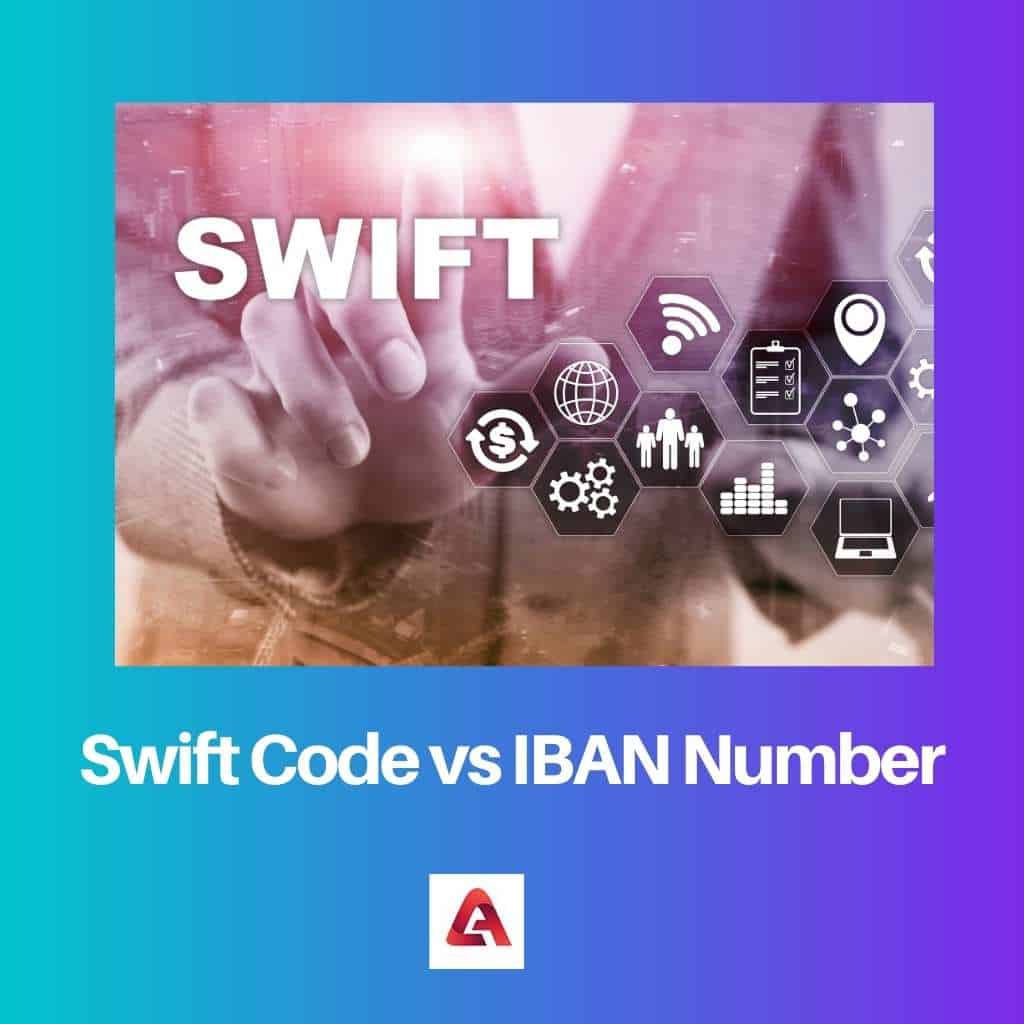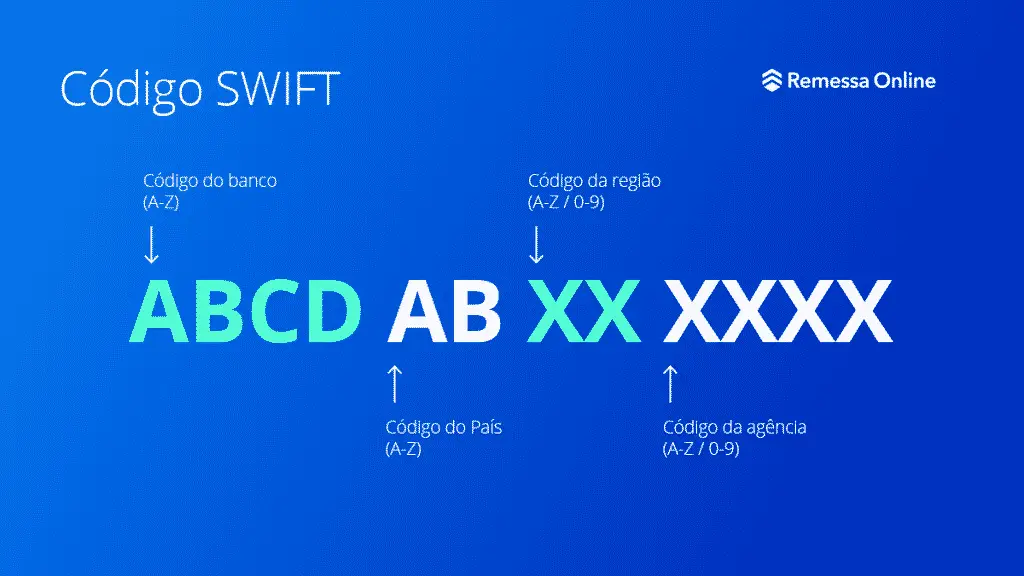Today, we all do bank transfers in our daily life. With the emergence of the Internet, the counting of online transfers has been increased rapidly. Global transactions have also been increased with the increase in business.
Both Swift code and IBAN are ways to make our online transactions secure and delay-free.
Key Takeaways
- A SWIFT code is used to identify a specific bank during international transactions, while an IBAN is used to identify an individual’s bank account.
- A SWIFT code consists of 8-11 characters, while an IBAN can have up to 34 characters.
- A SWIFT code is used for wire transfers, while an IBAN is for electronic transfers within the EU.
Swift Code vs IBAN Number
SWIFT code is a unique identification code used to identify a specific bank or financial institution in international transactions, while an IBAN is an international standard for identifying bank accounts across borders. The SWIFT code is used to transfer money, while the IBAN is an identity.

Swift Code is an international way to identify the bank account while doing any global transfers. It is one of the standard methods used by banks for doing transfers.
It refers to the bank code, country code, location code, and branch code. It is also used to identify financial institutes globally.
IBAN is an international numbering system that is used to identify an overseas bank account. It consists of country code followed by some number and then alphanumeric characters.
It is a method to verify that transaction details are correct or not. It also helps to identify individual account which is involved in an international transaction.
Comparison Table
| Parameters of Comparison | Swift Code | IBAN Number |
|---|---|---|
| Full-Form | Society for Worldwide Interbank Financial Telecommunication | International Bank Account Number |
| Define | It identifies the bank or branch which is associated with the transfer. | It identifies an individual bank account during a transaction. |
| Length | 8 or 11 characters long | 34 characters long |
| Redundant digits | Not present | Present |
| Usage | More than 200 countries use Swift code. | More than 77 countries use the IBAN. |
What is Swift Code?
The Swift stands for Society for Worldwide Interbank Financial Telecommunication. It acts as an intermediary during the process of international transactions. It was founded in Brussels in 1973.
It is a standardized way that is accepted globally. It also supports a secure messaging network.
Swift provides a mechanism to secure the communication between two banks. It takes the message from the first bank, performs certain actions for reliable delivery, and then sends it to the destination bank.
Swift works under four different fields, which are security, treasury, trade services, and cash management.
When we conduct any international money transfer, then a swift code is used to identify the bank account. It consists of a set of 8 or 11 digits which is used to identify our branch.
This system assigns a unique number to each financial institution, and that unique number is either 8 or 11 digits long. With this unique number, our bank is identified during the transaction.
This system is beneficial because it allows the banks to send additional data like the status of the account, debit amount, credit amount, etc.
The first four characters are bank codes, the next two characters represent country code, the next is a combination of letters or digit to represent the location, and the last three characters or digits represent branch code and are optional.

What is IBAN Number?
The International Bank Account Number, which is also called IBAN, is a system that is recognized internationally and used to identify bank accounts so that communication takes place more safely without any error.
It consists of 34 alphanumeric characters, i.e., a country code, then two digits for redundancy check, then domestic bank account number, branch identifier, and then routing information.
Here country code consists of 2 letters, check digits have 2 digits, Basic Bank Account Number has up to 30 alphanumeric characters. Check digits are used as redundancy digits so that no error can occur.
IBAN’s main aim is to bring validation while the process of data entry takes place. The algorithms used in this process need to be very perfect because the transaction is a crucial process.
IBAN process consists of three basic algorithms, i.e., validating IBAN, generating checksum, and modulo operation.
This is a standard method that is adopted by all international transactions. It provides the most essential feature of security. IBAN helps to identify branches also. That’s why it is used in almost all European countries.
It helps to eliminate errors in the transaction process. It helps large businessmen to take whatsoever amount in whatever currencies.

Main Differences Between Swift Code and IBAN Number
- Swift code identifies a bank that is related to the transfer. On the other hand, IBAN finds out the individual bank account which is involved in the transaction.
- Swift code provides an additional feature of message security through which banks can communicate securely. On the other hand, IBAN has no such feature related to messaging.
- Swift code is more widely accepted. That’s why it is used by more than 200 countries. On the other hand, IBAN was used by 77 countries in 2020.
- Swift code has a usual length of up to 11 characters. On the other hand, IBAN is 34 characters long.
- Swift code is more concise and provides extra features for secure communication. On the other hand, IBAN is less concise and is large.
- https://ieeexplore.ieee.org/abstract/document/8595212/
- https://link.springer.com/chapter/10.1007/978-1-4842-4865-2_3
